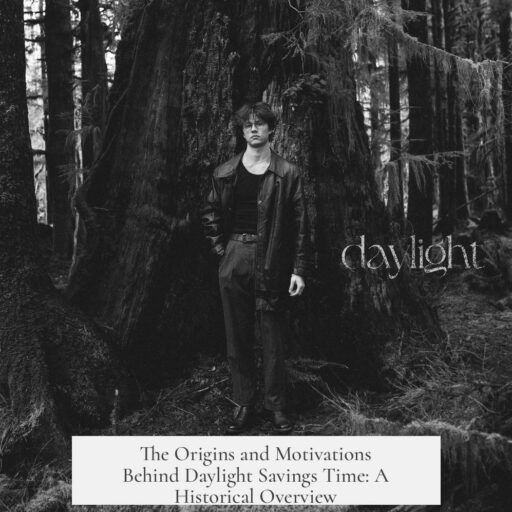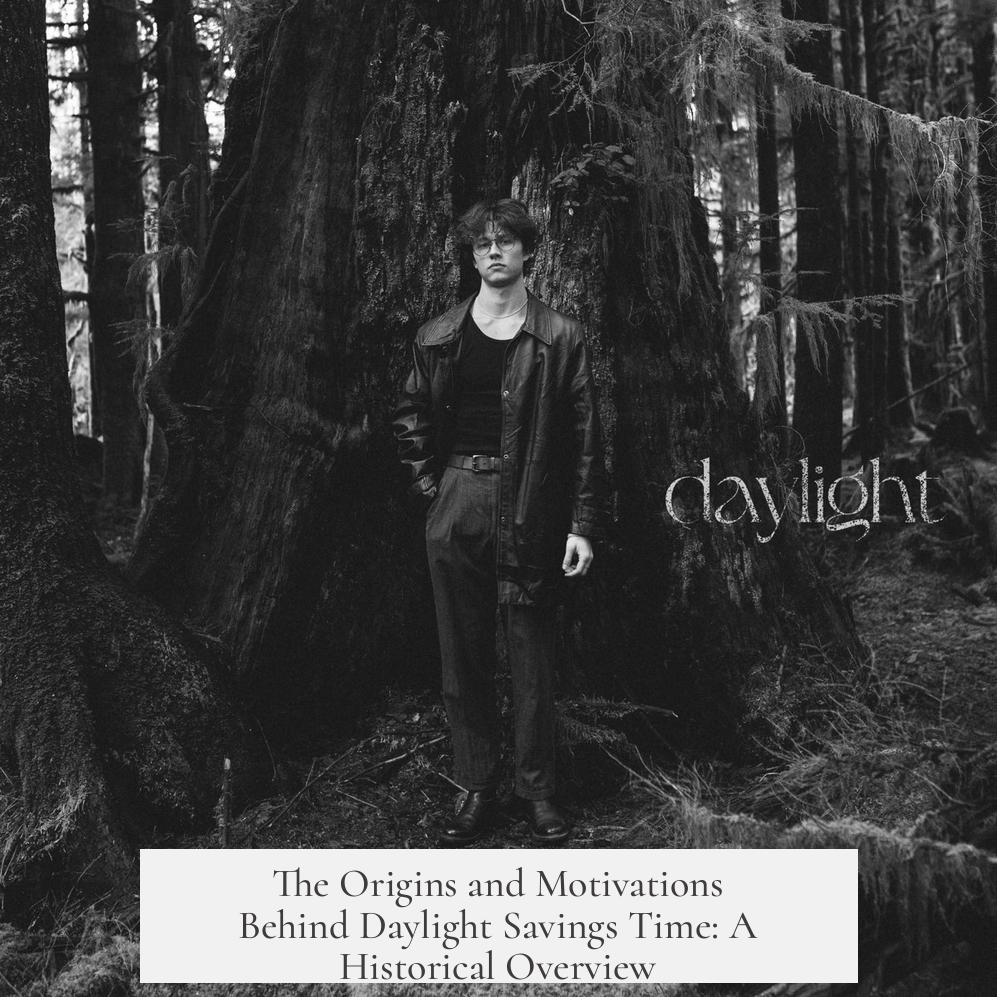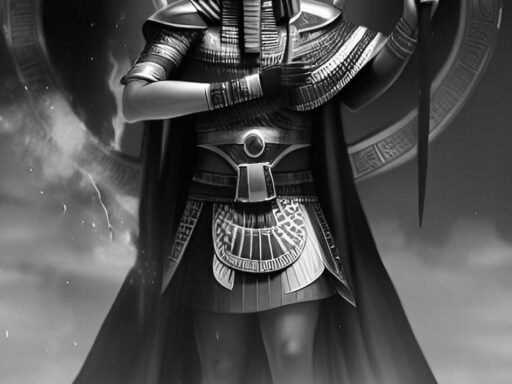The idea for Daylight Savings Time (DST) originated with Benjamin Franklin in 1784, who first suggested adjusting sleep schedules to align better with daylight. This concept evolved over time, notably through George Hudson and William Willett, who promoted DST to extend evening daylight for various practical reasons.
Benjamin Franklin’s initial suggestion came as a satirical essay published while he was in Paris. He proposed changing daily routines to save candle usage by waking earlier when sunlight was available. His focus was on efficiency and the health benefits of rising early, reflecting his belief in the proverb “Early to bed and early to rise, makes a man healthy, wealthy, and wise.”
Almost a century later, George Hudson, a British-New Zealander, revived the idea. In 1895, he published a paper advocating a two-hour shift in clocks during certain months. Hudson’s motivation was tied to his interests as an entomologist; more daylight hours after work meant more time for hunting insects and other activities.
William Willett, a British builder, further advanced the concept in 1907. He published a pamphlet calling for an 80-minute adjustment to daylight time and campaigned for its adoption in the British Parliament. Willett’s primary motivation was to increase daylight hours in the evening, which he saw as beneficial for leisure, particularly golf, and reducing the need for artificial lighting.
The outbreak of World War I accelerated DST adoption. Countries faced fuel shortages, and DST was seen as a practical energy-saving measure. By shifting clocks forward, less artificial lighting was required during longer evenings, conserving coal and oil for the war effort.
- Benjamin Franklin originated the idea to save economic resources and promote early rising.
- George Hudson and William Willett pushed DST to extend daylight after work.
- Willett had leisure motivations like playing golf in daylight.
- World War I cemented DST as a tool for conserving energy resources.
Who Came Up With the Idea for Daylight Savings Time and Why Would They Do Such a Thing?
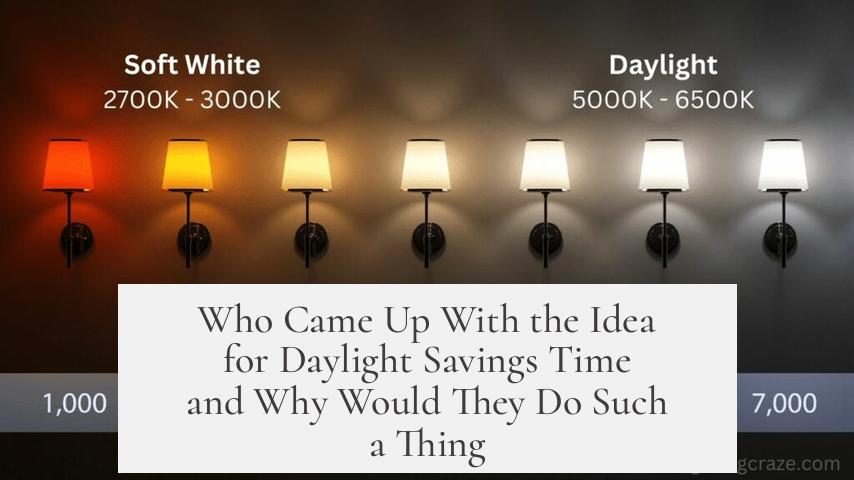
The idea for Daylight Savings Time (DST) was first floated by Benjamin Franklin in 1784, but it gained real traction much later thanks to the efforts of George Hudson and William Willett, each bringing their own motivations to the table. So, why did they want to mess with the clock? It wasn’t just about messing with time; it was about making better use of daylight, saving energy, and yes—getting more time for golf.
A Quick Journey Through Time: DST’s Inventors and their Reasons

Benjamin Franklin, the savvy founding father who experimented with electricity and invented the lightning rod, also tossed around the idea of shifting schedules to fit daylight better. In a 1784 essay published in a Paris newspaper, Franklin playfully suggested that people could save candles if they simply woke up earlier with the sun. He observed that the city of Paris lit lamps for many hours when, in fact, natural light could have been used instead.
Franklin’s essay was partly a satire, not a serious legislative proposal. Yet, his core idea stemmed from practicality and efficiency. He was quite the efficiency guru and loved the proverb, “Early to bed and early to rise, makes a man healthy, wealthy, and wise.” He believed if folks synchronized their activities to daylight hours, society could reap benefits in health, money, and productivity.
Almost a century later, George Hudson, an entomologist (that’s a bug expert for the rest of us) from New Zealand, revisited the concept. He published a paper in 1895 advocating a two-hour shift in time during certain months. Why? Hudson loved after-work hours for collecting insects, so more daylight in the evening was perfect for his hobby. His science and astronomy background gave him a logical framework to propose the change more formally.
Enter William Willett, a British builder and the man who pushed daylight savings closer to reality. In 1907, he published a pamphlet suggesting an 80-minute time shift spread over four weekly increments of 20 minutes each. Willett was vehement about the benefits of more daylight in the evening, particularly to avoid burning costly candles and to simply enjoy more leisure time. One famous note: Willett wanted the new hours so Londoners could have more opportunity to play golf before sunset. Yes, DST had recreational roots!
But What’s the Real Motivation Here? Efficiency, Energy, and Leisure
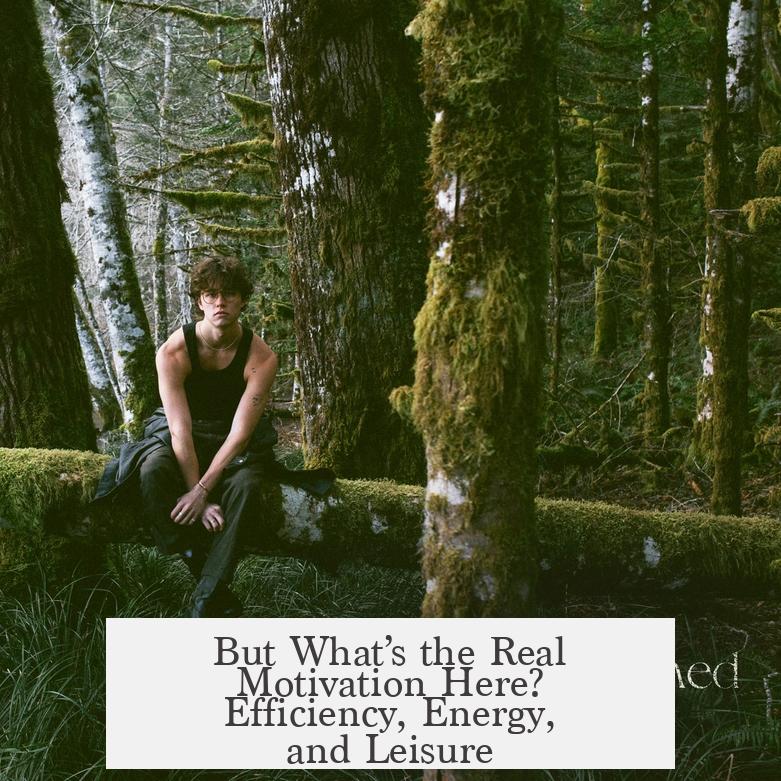
All three pioneers had a flavor of efficiency in mind. Benjamin Franklin’s focus was waking early to maximize daylight use. In his world, fuel like candles was expensive, so using daylight efficiently saved money. It was a clever nudge towards societal savings that started as a humorous essay but planted a seed.
Hudson and Willett were deeply invested in evening daylight. Longer evenings meant more productivity and leisure without artificial light, which was also costly and limited in quality. Before electric lighting was widespread or cheap, burning kerosene lamps or candles was a serious expense for many.
During World War I, daylight savings suddenly got serious momentum. Coal and oil shortages meant that governments had to find ways to save fuel. DST was adopted widely to reduce artificial lighting needs, which theoretically saved one hour of fuel consumption per day. That’s a powerful incentive when nations are in crisis mode.
From Satire to Global Practice: How DST Changed the World

It took decades and world events for DST to become law. Germany was among the first to implement daylight savings during World War I, hoping to conserve fuel. Other countries soon followed, and DST became standard in many regions, with ongoing debates about its efficacy and inconvenience.
In modern times, DST remains controversial. Some love it for longer summer evenings. Others hate the clock changes and argue it disrupts sleep and health. Several regions have scrapped it or are actively reconsidering. Yet the idea lives on, seeded by visionaries who wanted to use daylight smarter and save resources.
Lessons From Daylight Savings Time

- Efficiency matters. Using natural light wisely saves money—something Franklin grasped centuries ago.
- Change often starts with a niche need. Hudson’s bug collecting and Willett’s golf gave them practical reasons to innovate.
- Global events can accelerate ideas. World War I shortages turned DST from hobbyist proposals into government policy.
- Not every good idea fits everyone. DST’s mixed reception reveals that what helps some may annoy others.
Wondering if you should set your clocks forward or backward? Just remember, it’s a long tale of bug collectors, builders, energy-saving spies, and golfing enthusiasts all aimed at a simple goal: getting more out of daylight.
Practical Tips for Navigating DST

If you find the annual time shift hard, try this:
- Adjust your sleep schedule gradually, 15 minutes earlier or later per day, a few days before the change.
- Use the longer daylight as motivation—it’s a chance for evening walks, gardening, or yes, some extra golf.
- Be mindful of disruptions, especially children and pets who don’t check clocks.
Wrap-Up: Why Did They Do Such a Thing?
In a nutshell, daylight savings time was born from a blend of efficiency, energy conservation, and lifestyle improvements—starting as Franklin’s keen observation of candle waste, passed through Hudson and Willett’s practical and leisurely desires, and finally implemented by wartime necessity. It’s a fascinating example of how ideas evolve over time through different needs and minds.
So next time you ‘spring forward’ or ‘fall back,’ tip your hat to those early innovators who tried to make every daylight hour count. And maybe grab a golf club—just in case you’re walking in Willett’s footsteps.
